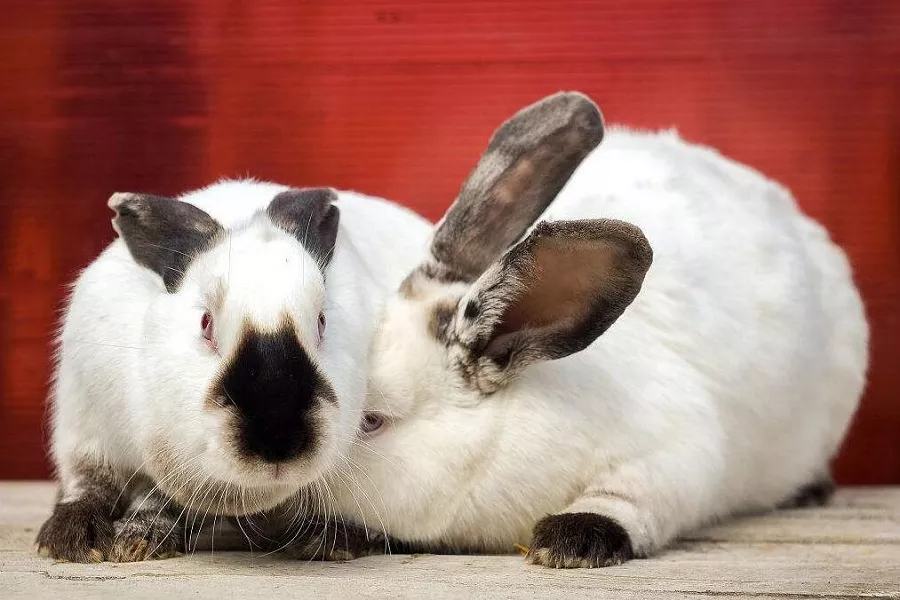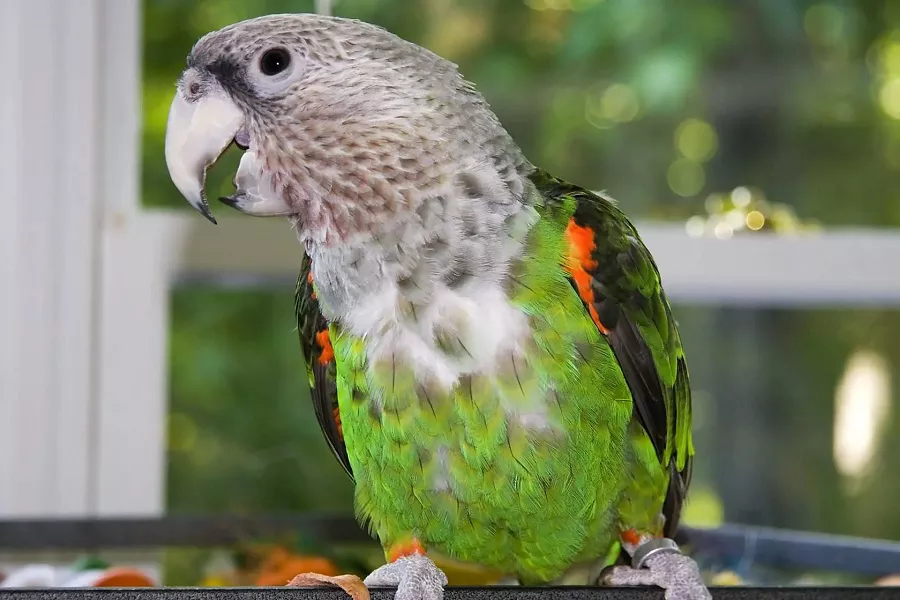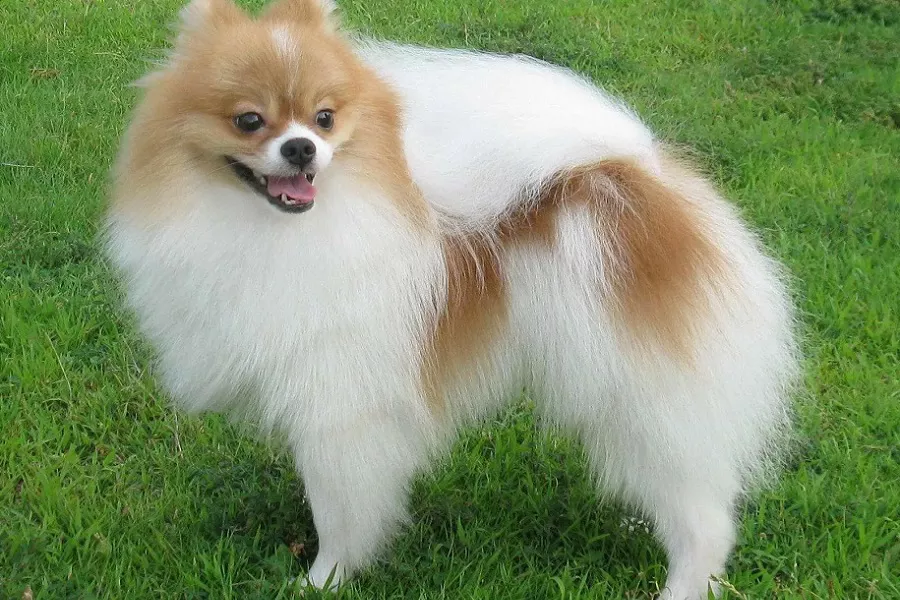What is a californian rabbit?
The Californian, also known as the California White, is a breed of domestic rabbit originally developed for the fur and meat industries by George S. West of Lynwood, California, starting in 1923. Mr. West maintained a herd of 300 genetically pure New Zealand Whites (with no Angora genes), which he began crossing with Standard Chinchilla rabbits (for their dense coat) and Himalayan rabbits (from which the Californian’s markings come). His new breed, named for the state of its origin, was first shown in 1928 and a standard was accepted by the American Rabbit Breeders Association (ARBA) in 1939.
ARBA recognizes only the original “Standard” color variety of white with dark points, while the British Rabbit Council (BRC) recognizes four color varieties: “Normal”, plus Chocolate, Blue, or Lilac points. The BRC standard calls for a desired weight of 9.5 pounds (4.3 kg) with a minimum 7.5 pounds (3.4 kg), while ARBA accepts a maximum weight of 10.5 pounds (4.8 kg).
What does a Californian rabbit look like?
The Californian rabbit’s coat is white, and the nose, ears, tail and lower parts of the limbs are black, so it is called “eight-point black”. The eyes are red, the ears are small and erect, the shoulders are thick and short, the shoulders and buttocks are well developed, the bust is large, the body is compact, and the muscles are full.
The body is white, and the ears, nose, lower limbs and tail are dark brown, commonly known as “eight-point black”. The eyes are red, the neck is thick and short, the ears are small and erect, the body is medium, the forequarters and hindquarters are well developed, and the muscles are full. The hair is thick, the skin is compact, and it is beautiful and beautiful. “Eight-point black” is a typical feature of this breed, and its color shades are as follows: white after birth, light at 1 month old, obvious characteristics at 3 months old, and gradually faded in old rabbits; darker in winter and lighter in summer Light, sand rings or sand spots appear in the molting season in spring and autumn; the color of good nutrition is dark, and the color of malnutrition is light; the color of indoor feeding is dark, and the long-term outdoor feeding, the sunlight often becomes lighter; in the cold northern region, the color is dark and the temperature is higher. Southern provinces and cities become lighter; some individuals are darker, others lighter, and both are passed on to future generations.


























